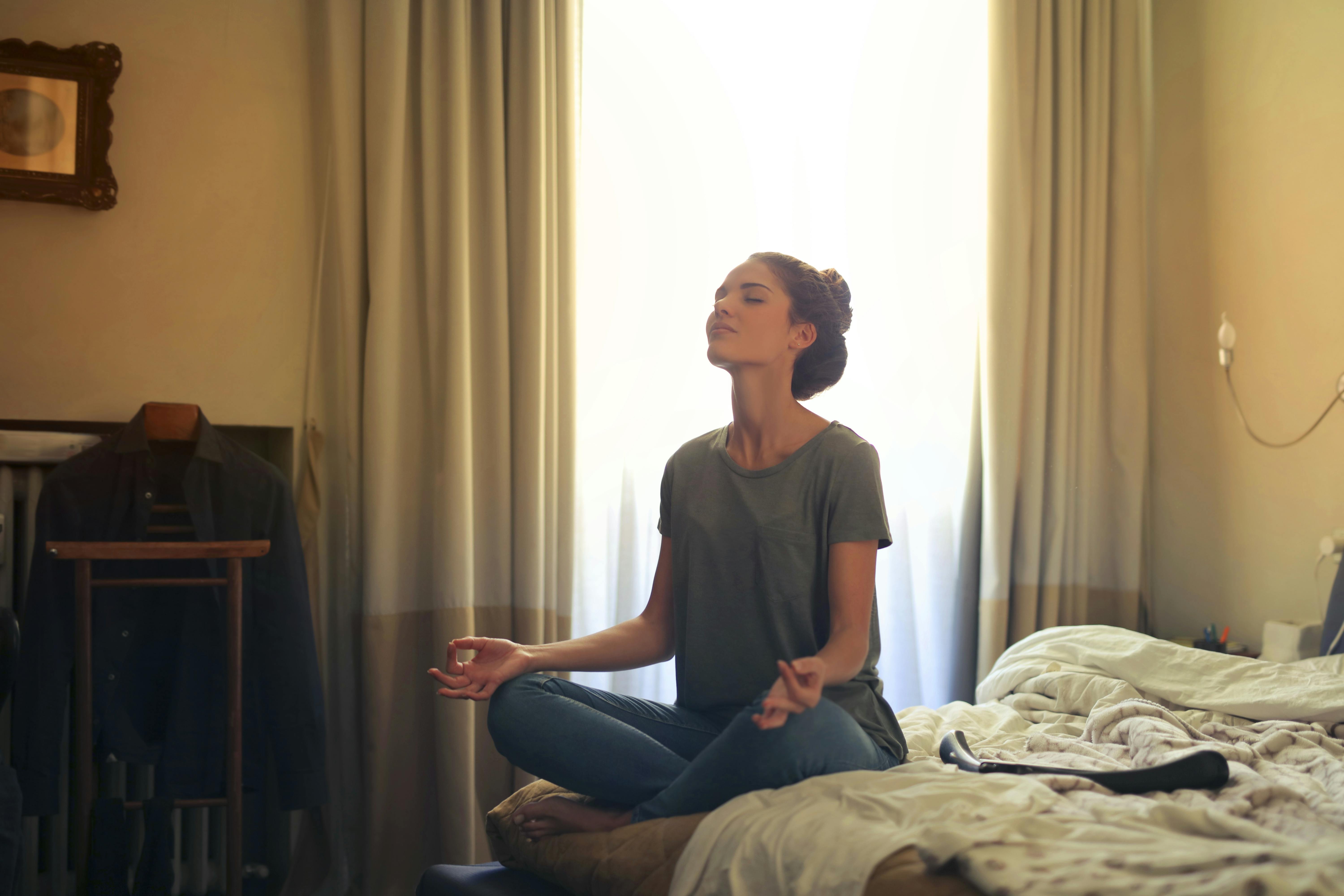



Meditation is one of the most effective tools for reducing stress, improving focus, and building emotional resilience. But if you’ve ever tried to meditate and felt frustrated, distracted, or unsure if you were doing it right, you’re not alone. Meditation isn’t about “emptying your mind” or achieving instant calm. It’s about learning to observe your thoughts, regulate emotions, and create mental space for clarity and balance.
Here’s a simple guide to help you learn meditation, make it a habit, and experience its benefits.
Choose a distraction-free environment where you feel comfortable. You can sit on a chair or cushion or even lie down if that helps you relax.
Start with 3–5 minutes and gradually increase as you get comfortable. Meditating consistently for a short time is better than pushing for long sessions and feeling overwhelmed.
Close your eyes and take a few deep breaths. Then, settle into a natural breathing rhythm, simply noticing the inhale and exhale.
✔ If your mind wanders (which it will!), gently bring your focus back to your breath.
Meditation is a skill. It gets easier with practice. Instead of worrying about “doing it right,” focus on showing up consistently. Even if you only manage a few seconds of focus, that’s progress.
✔ Meditate at the same time each day: morning, lunch break, or before bed.
✔ Pair meditation with another habit (e.g., after brushing your teeth or before your morning coffee).
Meditation isn’t about achieving perfect stillness. It’s about training your mind to handle stress, emotions, and challenges more clearly and calmly. By starting small and practising regularly, you can build a habit that supports mental wellbeing and resilience in the long run.